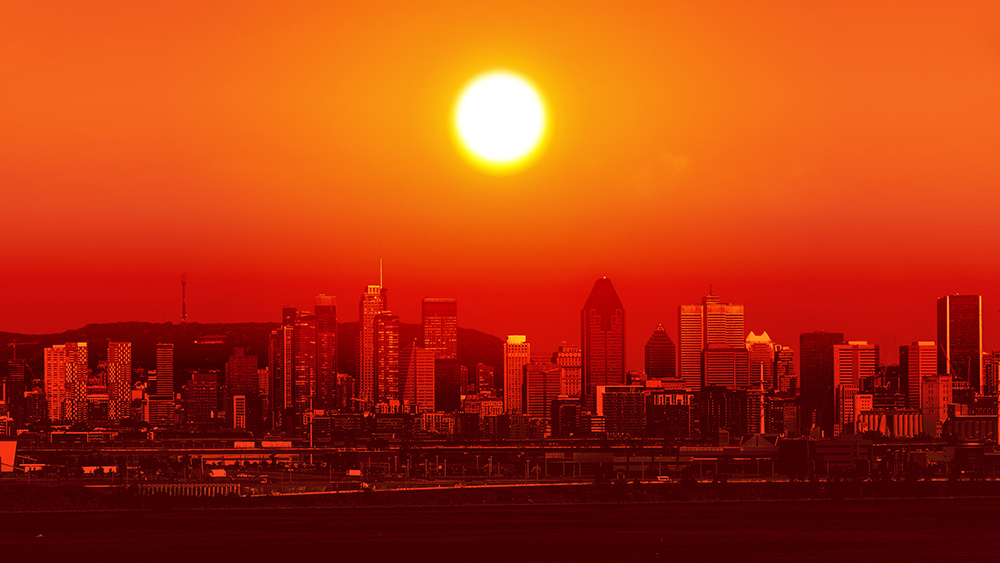
As reported by IFL Science, one of the most ominous records that could have been broken – has been broken, and the result doesn't look good for us.
Data provided by the National Oceanic and Atmospheric Administration (NOAA) indicates that the concentration of atmospheric carbon dioxide did not drop below 400 parts per million (ppm) all September. Usually, during this time of year the process of climatology renders the atmospheric concentration very low, so the fact that it hasn’t come down like it normally does may be indicative of a bigger problem.
That said, it appears as though 2016 will be the year that the world permanently surpasses the 400 ppm threshold.
“Is it possible that October 2016 will yield a lower monthly value than September and dip below 400 ppm,” wrote Ralph Keeling, a professor at the Scripps Institution of Oceanography in a blog post. “Almost impossible.”
He added: “By November, we will be marching up the rising half of the cycle, pushing towards new highs and perhaps even breaking the 410 ppm barrier.”
According to historical data, pre-industrial levels of CO2 were around 280 ppm, meaning since then there has been a 43-percent increase in atmospheric carbon dioxide.
As noted by 11 Alive, an NBC affiliate in Atlanta, the last time carbon dioxide reached 400 ppm was millions of years ago, according to paleoclimatic evidence. A 2009 report in the journal Nature Geoscience said researchers found evidence of CO2 levels from 364 ppm to around 415 ppm about 4.5 million years ago.
While the cause of rising CO2 then was not mentioned, today the established scientific narrative is that the burning of oil, gas and coal for energy has released so much carbon dioxide and methane – greenhouse gases – into the Earth’s atmosphere it is causing temperatures to rise.
Many global warming advocates are pinning their hopes on the Paris climate accords, saying when fully implemented, levels of CO2 in the atmosphere will finally begin to fall. Until then, however, they see little change on the horizon.
While the U.S. has often been blamed for being the world’s No. 1 emitter, China is quickly closing the gap, as is India, the latter two countries which rely most heavily on coal-fired power plants to modernize.
Sources:
Please contact us for more information.






















